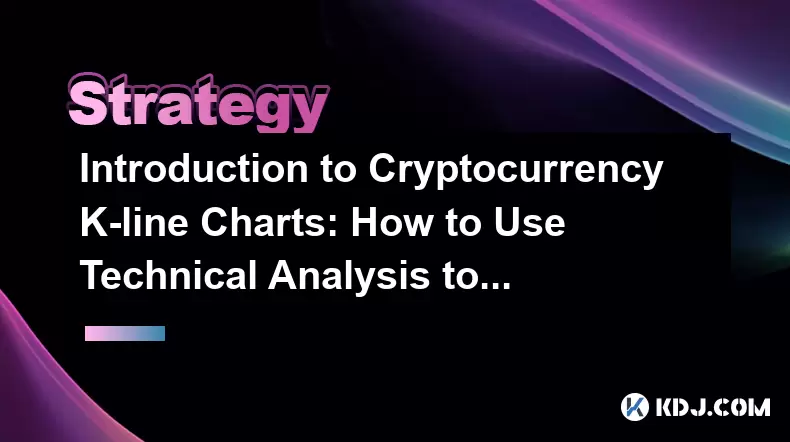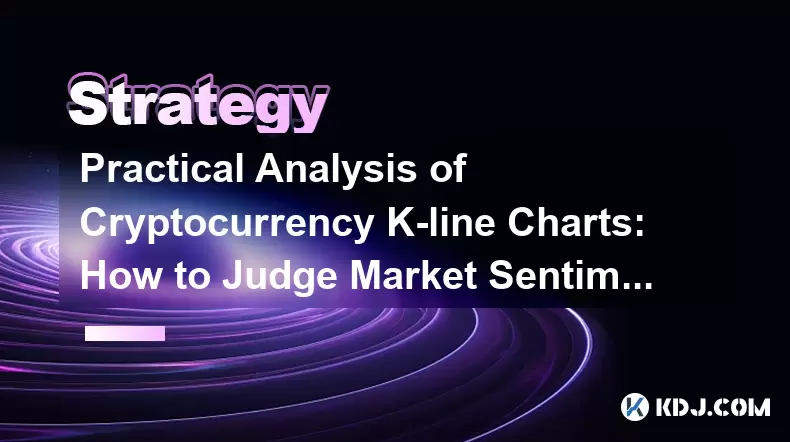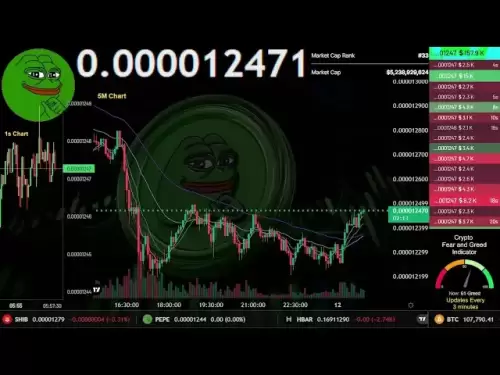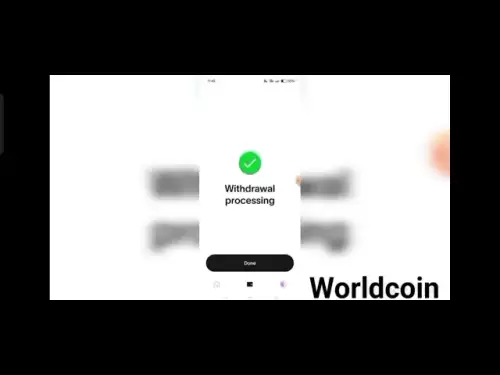-
 Bitcoin
Bitcoin $107,525.4151
-1.78% -
 Ethereum
Ethereum $2,735.6082
-4.05% -
 Tether USDt
Tether USDt $1.0001
0.01% -
 XRP
XRP $2.2422
-3.58% -
 BNB
BNB $662.7596
-0.79% -
 Solana
Solana $158.1687
-5.10% -
 USDC
USDC $0.9999
0.01% -
 Dogecoin
Dogecoin $0.1877
-7.49% -
 TRON
TRON $0.2747
-4.49% -
 Cardano
Cardano $0.6822
-5.47% -
 Hyperliquid
Hyperliquid $42.8962
-1.51% -
 Sui
Sui $3.3250
-4.95% -
 Chainlink
Chainlink $14.3884
-7.23% -
 Avalanche
Avalanche $21.0727
-6.00% -
 Bitcoin Cash
Bitcoin Cash $436.3853
-1.50% -
 Stellar
Stellar $0.2743
-2.67% -
 UNUS SED LEO
UNUS SED LEO $8.8628
-1.94% -
 Toncoin
Toncoin $3.1809
-3.06% -
 Shiba Inu
Shiba Inu $0.0...01261
-6.46% -
 Hedera
Hedera $0.1687
-4.92% -
 Litecoin
Litecoin $88.6994
-4.81% -
 Polkadot
Polkadot $4.0555
-5.96% -
 Monero
Monero $324.3593
-3.71% -
 Ethena USDe
Ethena USDe $1.0004
-0.02% -
 Bitget Token
Bitget Token $4.7112
-3.27% -
 Dai
Dai $0.9998
0.00% -
 Pepe
Pepe $0.0...01205
-9.02% -
 Uniswap
Uniswap $7.8362
-4.82% -
 Pi
Pi $0.6225
-2.58% -
 Aave
Aave $300.8914
-3.70%
How to make a profit from Gate.io contracts
Traders using contract trading to speculate on price movements without owning the underlying asset must first understand the types of contracts, develop a trading strategy, and choose a reputable exchange like Gate.io.
Nov 07, 2024 at 12:46 am

How to Make a Profit from Gate.io Contracts
Step 1: Understand Contract Trading
- Contract trading involves speculating on the price movements of an underlying asset without owning the asset itself.
- Traders use leverage to amplify their profits, but this also increases their risk of losses.
- It's crucial to familiarize yourself with the different types of contracts (e.g., futures, perpetuals), their underlying assets, and the risks involved.
Step 2: Choose a Trading Strategy
- Develop a trading strategy that aligns with your risk tolerance and financial goals.
- Common strategies include trend following, range trading, breakout trading, and scalping.
- Determine the market conditions, technical indicators, and risk management strategies that guide your trading decisions.
Step 3: Open an Account on Gate.io
- Register for an account on Gate.io, a reputable cryptocurrency exchange known for its wide range of trading options.
- Complete the KYC verification process to activate your account.
- Fund your account with sufficient funds to cover potential losses and leverage.
Step 4: Select a Contract and Leverage
- Choose the contract you want to trade based on its underlying asset, price volatility, and liquidity.
- Decide on the appropriate leverage ratio, considering the volatility of the market and your risk tolerance.
- Remember that higher leverage increases profits but also magnifies losses.
Step 5: Place an Order
- Utilize Gate.io's trading platform to place your order.
- Specify the order type (e.g., market order, limit order, stop-loss order), the direction (buy/sell), and the quantity of contracts.
- Set a stop-loss order to limit potential losses if the market moves against you.
Step 6: Monitor and Manage Risk
- Actively monitor your open positions and the market conditions.
- Adjust your strategy or exit the trade if the market shows signs of reversal or volatility spikes.
- Implement risk management strategies such as position sizing, stop-loss orders, and taking profits to protect your capital.
Step 7: Close Your Position
- When you want to exit your trade, place an opposite order (e.g., a sell order to close a buy position).
- Set a take-profit order to lock in your profits and limit potential losses.
- Close your position manually or wait for your stop-loss or take-profit orders to be executed.
Step 8: Evaluate and Improve
- After each trade, take time to evaluate your performance and identify areas for improvement.
- Track your results, analyze your trading patterns, and adjust your strategy accordingly.
- Continuous learning and adaptation are crucial for long-term profitability in contract trading.
Additional Tips for Profitability
- Research and Due Diligence: Study the underlying asset, the market conditions, and the risks involved before trading.
- Use Multiple Risk Management Tools: Implement a combination of risk management techniques, including stop-loss orders, position sizing, and profit-taking strategies.
- Control Your Emotions: Avoid trading based on emotions or FOMO (fear of missing out). Stick to your trading plan and manage your trades rationally.
- Don't Overtrade: Trade only with funds you can afford to lose and avoid excessive leveraging.
- Seek Professional Advice: Consider consulting with experienced traders or financial advisors for personalized guidance and support.
Disclaimer:info@kdj.com
The information provided is not trading advice. kdj.com does not assume any responsibility for any investments made based on the information provided in this article. Cryptocurrencies are highly volatile and it is highly recommended that you invest with caution after thorough research!
If you believe that the content used on this website infringes your copyright, please contact us immediately (info@kdj.com) and we will delete it promptly.
- USDC Expands Its Stablecoin Offering to XRP Ledger (XRPL), Targeting New Use Cases
- 2025-06-13 00:01:18
- How to Track Your Wallet Activity On Etherscan
- 2025-06-13 00:01:18
- Bitcoin Solaris (BTC-S): The Next 10,000x?
- 2025-06-13 00:01:17
- BlockDAG (BDAG) Emerges as a Contender by Hooking NBA Buzz
- 2025-06-13 00:01:17
- Hacker Who Stole $23 Million from Crypto Exchange Bittrue Starts Laundering Proceeds Through Tornado Cash
- 2025-06-12 23:50:12
- Bitcoin Briefly Surpassed $110,000
- 2025-06-12 23:50:12
Related knowledge

Cryptocurrency K-line chart technical analysis manual: Learn these methods to increase your chances of making a profit
Jun 11,2025 at 11:21pm
Understanding the Basics of K-line ChartsK-line charts, also known as candlestick charts, are one of the most widely used tools in cryptocurrency trading. Each K-line represents a specific time period and provides information about the open, high, low, and close prices during that interval. The body of the candle shows the relationship between the openi...

The Importance of K-line Chart Analysis in Cryptocurrency Trading: From Theory to Practical Cases
Jun 11,2025 at 04:56pm
Understanding the Basics of K-line ChartsK-line charts, also known as candlestick charts, are a visual representation of price movements over specific time intervals. Each K-line encapsulates four critical data points: the opening price, closing price, highest price, and lowest price within a given timeframe. These charts originated in Japan during the ...

Cryptocurrency K-line Chart Interpretation Guide: How Novices Can Quickly Master the Basics of Technical Analysis
Jun 10,2025 at 08:56pm
Understanding the Basics of K-line ChartsK-line charts, also known as candlestick charts, are one of the most widely used tools in cryptocurrency trading for analyzing price movements. Each K-line represents a specific time period and shows the opening, closing, high, and low prices during that interval. For novices, grasping how to read these elements ...

Introduction to Cryptocurrency K-line Charts: How to Use Technical Analysis to Optimize Trading Decisions
Jun 12,2025 at 03:56pm
Understanding the Basics of K-line ChartsK-line charts, also known as candlestick charts, are one of the most essential tools used in cryptocurrency trading. Originating from Japan, these charts visually represent price movements over specific time intervals. Each candlestick displays four key pieces of information: the opening price, closing price, hig...

Practical Analysis of Cryptocurrency K-line Charts: How to Judge Market Sentiment through Charts
Jun 10,2025 at 09:42pm
Understanding the Basics of Cryptocurrency K-line ChartsCryptocurrency K-line charts, also known as candlestick charts, are essential tools for analyzing price movements in the crypto market. Each candlestick represents a specific time frame, such as 1 minute, 5 minutes, or even daily intervals. The structure of a K-line includes four key data points: o...

Detailed Explanation of Technical Analysis of Cryptocurrency K-line Charts: Master These Tools to Improve Trading Efficiency
Jun 12,2025 at 02:43am
Understanding Cryptocurrency K-line ChartsCryptocurrency K-line charts, also known as candlestick charts, are essential tools for traders aiming to interpret market behavior and make informed decisions. Each K-line represents a specific time period—such as 1 minute, 5 minutes, or 1 day—and displays the open, high, low, and close prices during that inter...

Cryptocurrency K-line chart technical analysis manual: Learn these methods to increase your chances of making a profit
Jun 11,2025 at 11:21pm
Understanding the Basics of K-line ChartsK-line charts, also known as candlestick charts, are one of the most widely used tools in cryptocurrency trading. Each K-line represents a specific time period and provides information about the open, high, low, and close prices during that interval. The body of the candle shows the relationship between the openi...

The Importance of K-line Chart Analysis in Cryptocurrency Trading: From Theory to Practical Cases
Jun 11,2025 at 04:56pm
Understanding the Basics of K-line ChartsK-line charts, also known as candlestick charts, are a visual representation of price movements over specific time intervals. Each K-line encapsulates four critical data points: the opening price, closing price, highest price, and lowest price within a given timeframe. These charts originated in Japan during the ...

Cryptocurrency K-line Chart Interpretation Guide: How Novices Can Quickly Master the Basics of Technical Analysis
Jun 10,2025 at 08:56pm
Understanding the Basics of K-line ChartsK-line charts, also known as candlestick charts, are one of the most widely used tools in cryptocurrency trading for analyzing price movements. Each K-line represents a specific time period and shows the opening, closing, high, and low prices during that interval. For novices, grasping how to read these elements ...

Introduction to Cryptocurrency K-line Charts: How to Use Technical Analysis to Optimize Trading Decisions
Jun 12,2025 at 03:56pm
Understanding the Basics of K-line ChartsK-line charts, also known as candlestick charts, are one of the most essential tools used in cryptocurrency trading. Originating from Japan, these charts visually represent price movements over specific time intervals. Each candlestick displays four key pieces of information: the opening price, closing price, hig...

Practical Analysis of Cryptocurrency K-line Charts: How to Judge Market Sentiment through Charts
Jun 10,2025 at 09:42pm
Understanding the Basics of Cryptocurrency K-line ChartsCryptocurrency K-line charts, also known as candlestick charts, are essential tools for analyzing price movements in the crypto market. Each candlestick represents a specific time frame, such as 1 minute, 5 minutes, or even daily intervals. The structure of a K-line includes four key data points: o...

Detailed Explanation of Technical Analysis of Cryptocurrency K-line Charts: Master These Tools to Improve Trading Efficiency
Jun 12,2025 at 02:43am
Understanding Cryptocurrency K-line ChartsCryptocurrency K-line charts, also known as candlestick charts, are essential tools for traders aiming to interpret market behavior and make informed decisions. Each K-line represents a specific time period—such as 1 minute, 5 minutes, or 1 day—and displays the open, high, low, and close prices during that inter...
See all articles

























































































